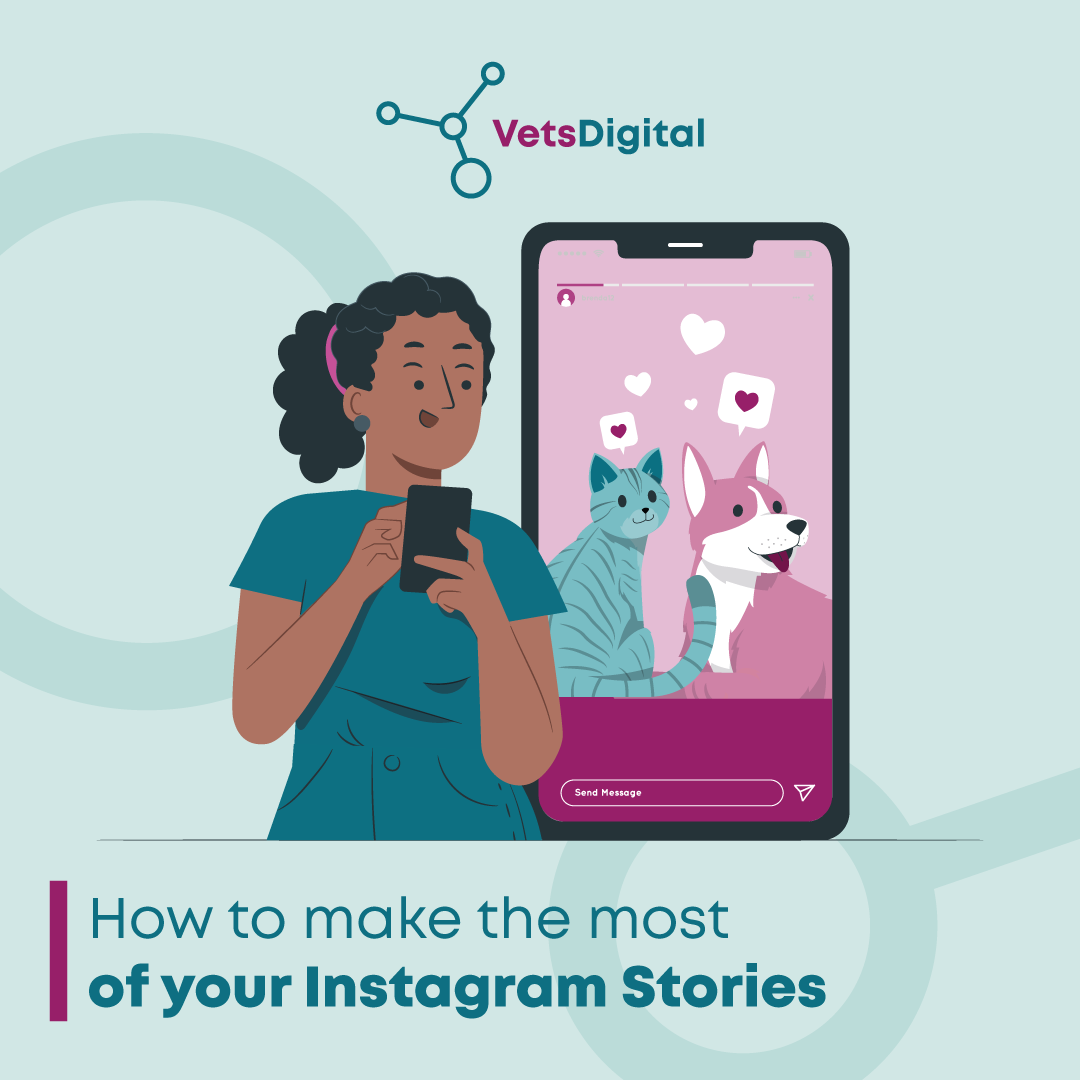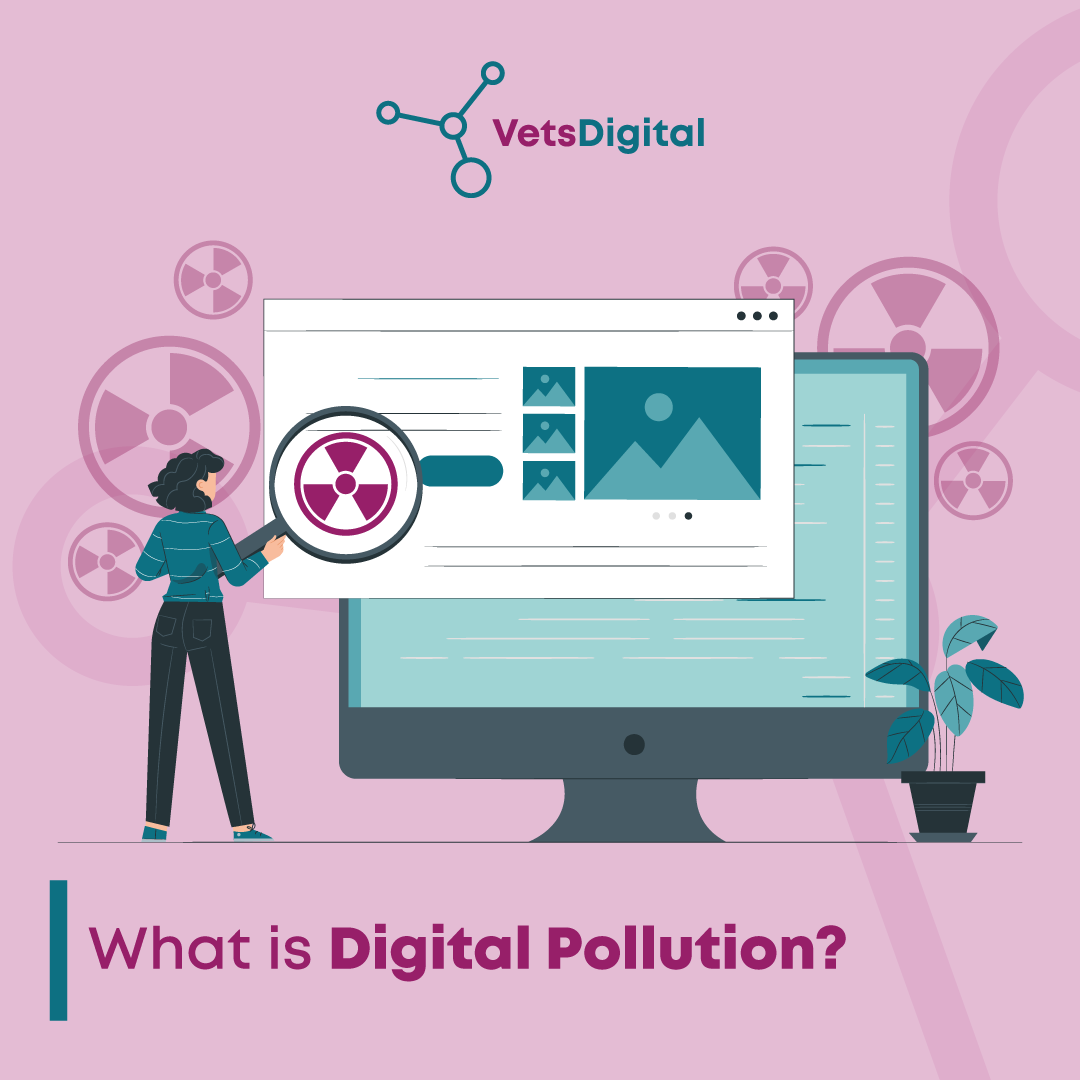Digital Marketing, News,
5 Steps to Digital Marketing Success for Veterinary Practices in 2023
The digital marketing landscape is continually evolving and as the online veterinary services space becomes even more competitive, practices must learn to adapt and implement digital strategies that are designed to capture the attention of their target audience.
Standing out from the crowd for positive reasons is vital, but how exactly should you go about achieving that?
If you’re intimidated by digital marketing or simply aren’t certain where to start, here are five top tips to keep in mind when it comes to your veterinary practice or business.
Set goals and focus on ROI
Every successful digital marketing strategy has a very clear purpose. Goals and objectives inform an array of strategic decisions, ensuring that your digital marketing investment drives the real results you want to see.
-
What is ROI?
Return on investment (ROI) measures the impact that marketing initiatives have had on a business. ROI calculations are made by measuring marketing spend with gained revenue.
Fundamentally you want to ensure that your practice is making more than £1 for every £1 spent on marketing, however, the possibilities to drive significant profits for your practice are there for the taking with the help of a well-designed and executed strategy.
-
Lifetime value of a client
Veterinary practices will also find it valuable to measure a pet owners lifetime value (LTV). This metric measures the total sum your practice can expect to make from a typical pet owner for as long as they remain a client
This means that as well as focusing on attracting new clients, it will also be beneficial to look at how your communications and the services you offer can help you to nurture and retain your existing pet owners over the long term.
Set KPIs and other important benchmarking data
Setting key performance indicators (KPIs) will help you to ensure that you are on track to meet the goals and objectives you want to achieve. It will also be beneficial to review benchmarking data, which will allow you to understand how your practice performance compares with your competitors.
-
Conversions
A conversion occurs every time someone who receives one of your marketing messages goes on to respond to that call-to-action (CTA) and performs a desired action, for example, registering or joining your mailing list.
Essentially, conversions allow you to determine whether your messaging is effective and connecting with your target audience and ultimately returning a revenue.
-
Website visitors and behaviour
Your digital marketing efforts should have a direct impact on the number of visitors to your website, how they interact with your site. Are they finding the information they need or are they becoming frustrated and dropping off to find a competitor?
-
Phone calls
Your practice should also see an increase in communications as a result of a successful marketing campaign. If you aren’t receiving more queries or requests for appointments, your marketing materials will need to be reviewed.
-
New client registrations
A successful and well constructed marketing strategy will ultimately have a positive impact the number of new registrations you are receiving. If you aren’t seeing these increases, that’s a sign that something isn’t quite right.
-
Average client spend per visit
With some carefully curated messaging, there are numerous ways in which your practice can conscientiously increase the average spend of your pet owners at each visit.
From announcing new services to recommending relevant products, digital marketing can act as both an educational and a direct sales tool that could see the profitability of your practice increase significantly.
Promote your practice on social media
Social media is a powerful communication tool. After all, data from October 2021 illustrates that 59% [1] of the global population is active on social media.
More than 60% [2] of consumers actively want to engage with brands and businesses via social media, which should be all the motivation you need to develop a strong social media presence, particularly within your local community.
Social media provides an ideal opportunity to nurture two-way relationships with your audience, and they offer an excellent opportunity for building communities and trust.
The key here is to avoid falling into the trap of simply promoting your services because your audience will also want to:
– learn more about your practice values
– understand the role you play within your local community of pet owners
– engage with educational and relevant non-sales content
There are so many different approaches that can be used here, including showing your clients what goes on behind the scenes, highlighting your team and their dedication to providing first-class services, and demonstrating a passion for the role you play in your community.
Update and improve your blog
If you don’t have a blog, now is the time to change that. Your blog can become a go-to reference point for everyone who is searching for answers to both specific and more general queries.
For example, someone may be looking for advice on how to help their pets cope with the firework season on Google. Or they may want to learn about any potentially concerning viruses or illnesses that are currently affecting animals in your local area such as Alabama Rot.
By investing in the development of your blog, you will be providing an accessible resource that will enhance the image of your practice, ensuring you are an authoritative voice both within your community and beyond whilst helping to improve your online visibility within search.
Be forward-thinking and remain open to new opportunities
As a veterinary practice, you have a number of key advantages in appealing to your ideal pet owners. There is almost limitless scope for visual engagement and communication channels which are increasingly important in attracting a younger demographic who represent the pet owners of the future.
-
New social platforms
As the rapid rise of TikTok has shown, there is always the potential for new social platforms to emerge and quickly catch on. It is, therefore, essential that your digital marketing strategy remains flexible and ready to embrace new platforms. Animal images and videos invariably garner shares and likes, with obvious examples including pet of the week to a behind the scenes video following your hard-working team through a typical day.
-
YouTube content
Continuing the video theme, there are more than 120 million searches on YouTube searches every day [3], making it a major search engine in its own right and a limitless opportunity to showcase your practice and educate pet owners.
-
Google Ads
As the leading paid search platform, Google Ads presents the opportunity for a highly targeted approach to driving visitor volumes for specific search terms. It requires careful management and refinement to ensure a decent return on advertising spend but can complement your social and organic search efforts perfectly.
-
Instant and conversational messaging
You could also explore the potential to integrate Live Chat or WhatsApp messaging into your approach to customer service and communication strategy, allowing you to ensure that your ideal pet owner can always get in contact with you when they need you the most.
Resources:
[2] https://sproutsocial.com/insights/data/social-media-connection/






